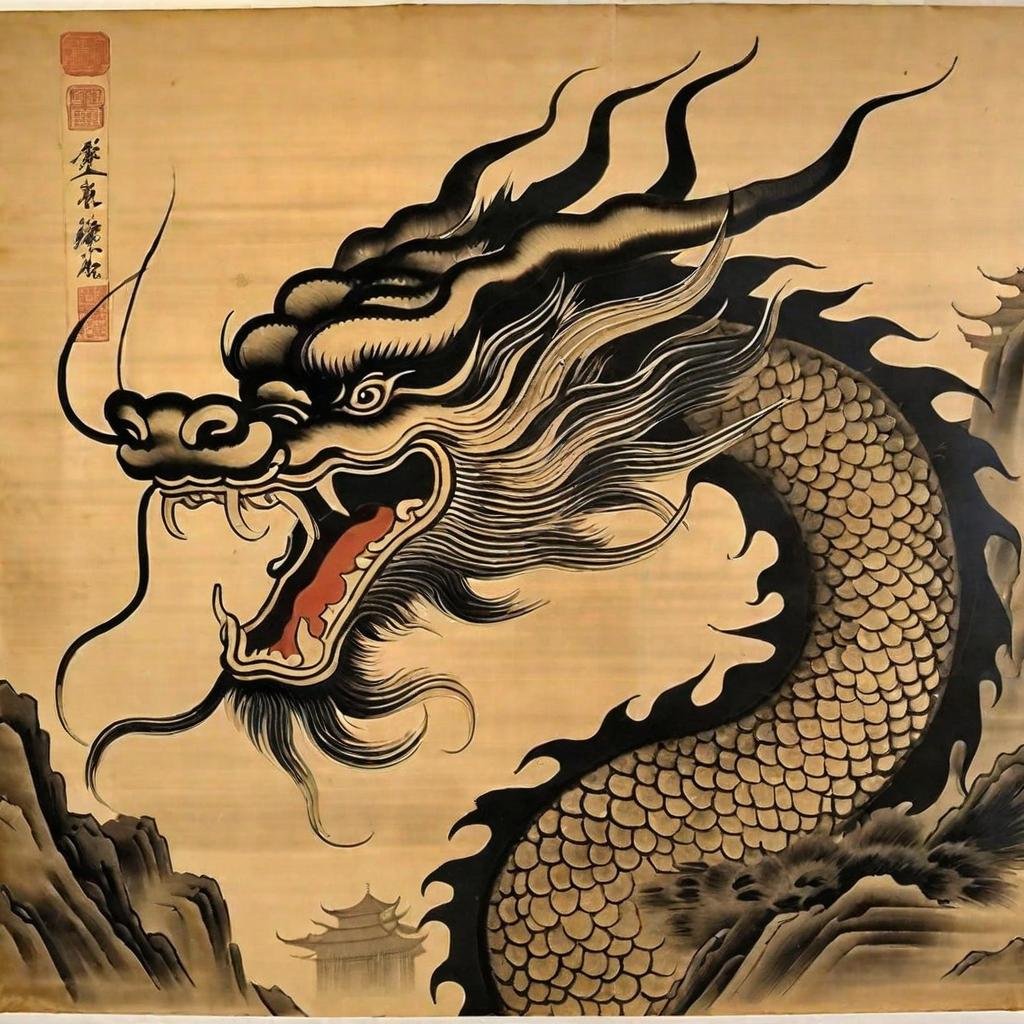MEDITATIONS: I CHING; THE BOOK OF CHANGES, CANTO ONE
Heaven—Begin—Initiative
|or| The Creative
Look for the opportunity to be creative, fun loving, and resourceful. Do not act withdrawn or introverted when dealing with people. Be aware of your life situation and gather information as needed. Look for inspiration where you find it. (Bright-Fey 31)
The creative originates, develops, perfects, and consummates.
Yang 1: The submerged dragon is not to be employed.
Yang 2: Seeing the dragon in the field; it is beneficial to see a great person.
Yang 3: Working hard by day, cautious by night, even in danger there is no fault.
Yang 4: One may leap, in the abyss; no fault.
Yang 5: The flying dragon is in the sky. It is beneficial to see a great person.
Yang 6: The dragon that goes too high has regrets.
Using yang, seeing a group of dragons, it is good if there is no head. (Cleary 1-4)
There is a certain cycle of self-transformation which emerges across time and cultures. From the east, likely derived from Taoist belief, is the cycle symbolized by nothing then yang and yin then an empty circle. From a western source, Nietzsche describes the three metamorphoses from camel to lion to a return to a child-like state. And surely, there are many more sources which one could cite which so describe the development of a beginner cultivating his character from base instincts to sophistication then returning again to a state of instinctual play.
The first canto of The Book of Changes seems to advise a man as how to understand this process.
When one first indulges in his natural interests, he does so with all the enthusiasm of a child at play. He is unconcerned with the objective quality of his work. It is the act of doing itself which he celebrates. He is the “submerged dragon,” the unconscious self, and he is “unemployed” because neither his ego nor any other conscious force is directing his action. This imbues the initiate with an undue confidence befitting a master, yet for all the unreservedness of that confidence, it serves the submerged dragon well. It allows him the courage to play among the fields where he can see firsthand men whom he shall come to admire. These “great persons” are his inspirations to learn and research and consciously work to develop his skills.
It is this “flying dragon” who can traverse the bottomless abyss without fault. He who walks the Path in accord with his calling is the man who follows the straight and narrow out of the deepest, darkest woods. He is him who keeps his eye on the guiding star, those great persons whom he admires—whom he mirrors, or emulates—for he does not succumb to envy and resentment. Thus does the flying dragon dance exalted above the dark storm clouds.
But here the flying dragon must not aim too high. Though he may be capable of cultivating his skill, influence, wealth, and power high and above his peers, to do so is in error. He must know when to stop, when to reengage with being itself like he did as a child. He must learn to play with his work as he did when first exploring his interests. Otherwise, if the flying dragon soars too high, he will become lost and estranged from himself, others, and the world. He will live his life in service of cultivation—for nothing. Before he knows it, he will have reached the end of his Path. He will have failed to realize that the journey was the destination from the beginning.
I Ching; The Book of Changes, with commentaries by Cheng Yi, translated by Thomas Cleary, Shambala Library, 2003.
I Ching: The Book of Changes; An authentic Taoist translation, translated by John Bright-Fey, Sweetwater Press, 2006.
